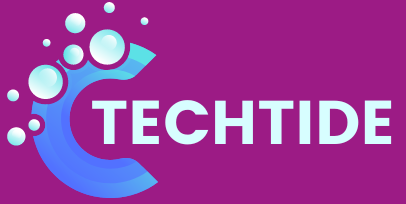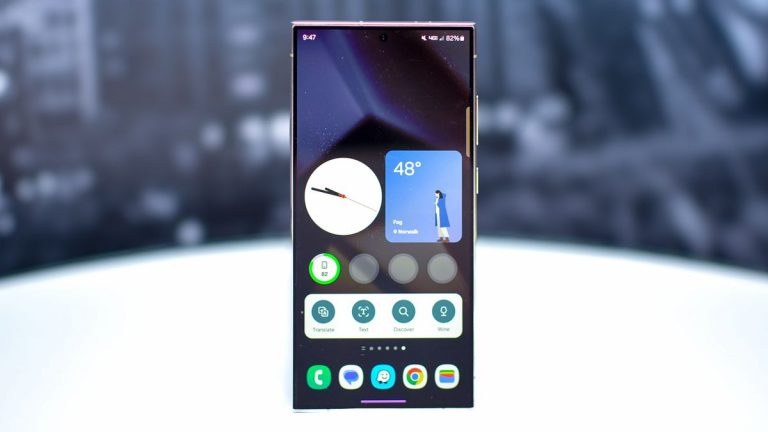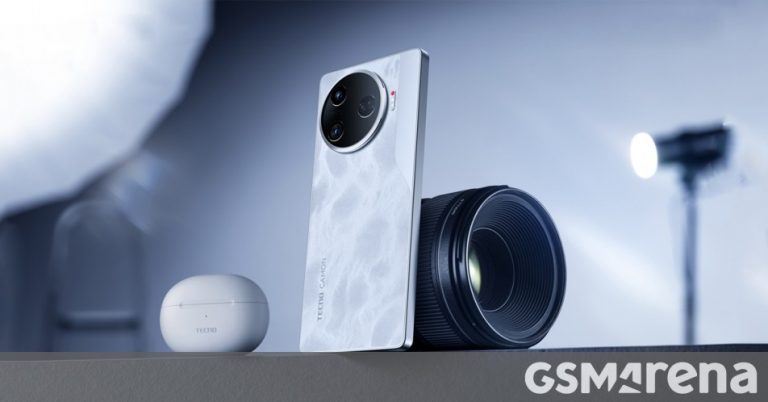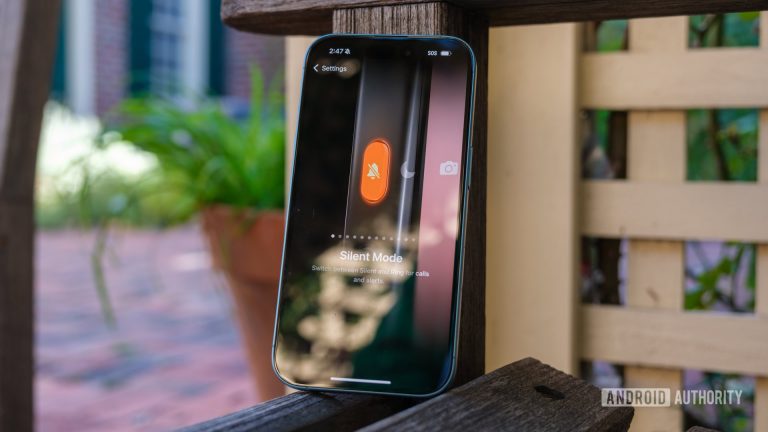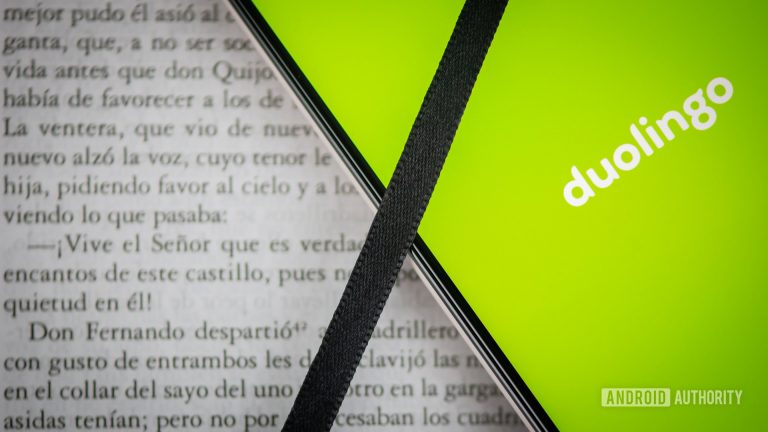Disillusionment Hits: Qi2 Ditches its Most Ambitious Promise
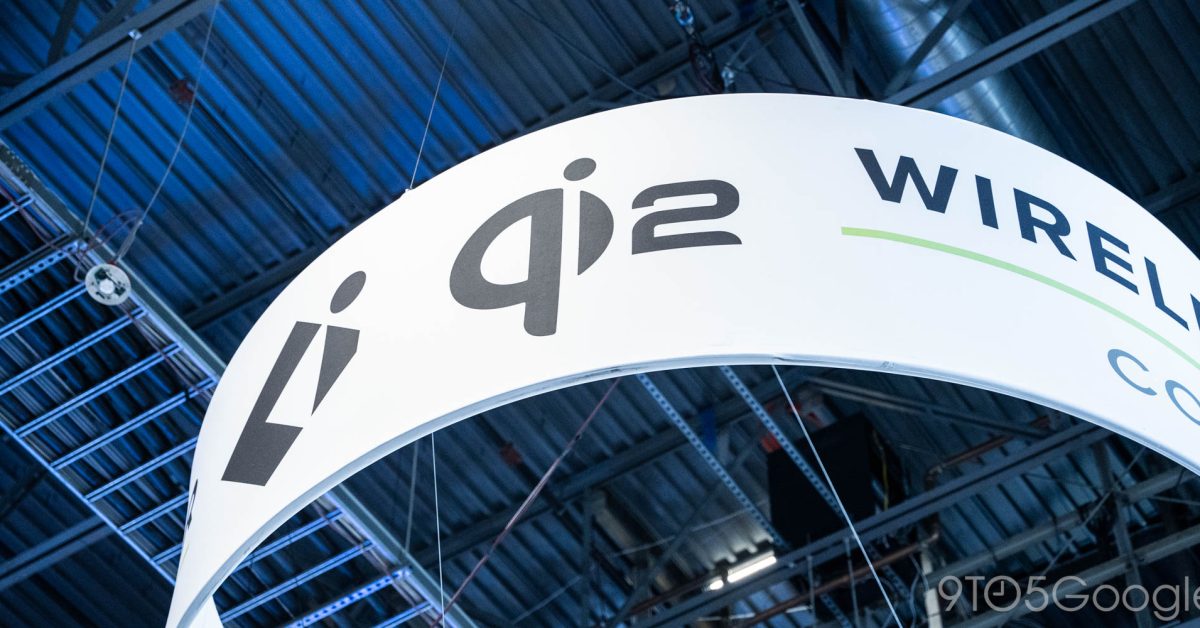
Qi2 Reboot: No More Built-in Magnets Required
When Qi2 was first announced, the big focus was on bringing magnets for alignment and additional accessories to more devices. However, the latest changes to the standard have effectively given up on that promise.
A New Direction
The Wireless Power Consortium (WPC) recently announced the Qi 2.1 standard, the first update to Qi2. The big change was "Qi2 Ready," an extension to the standard that brings support for "approved combinations" of devices such as smartphones and cases. Essentially, it allows Android phones to offload the magnets that were supposed to be built-in to a case, similar to what OnePlus did with its OnePlus 13 and magnetic cases.
A Step Backward
This directly walks back the original requirements for Qi2, which made it clear that for a device to say it had "Qi2," it had to have those magnets built-in. The WPC later reiterated this point after months of confusion. It’s obvious that "Qi2 Ready" came from the desire for Android devices to be able to offer this functionality without putting the magnets inside the device, which comes with design challenges. Just because Apple did it doesn’t necessarily mean it’s easy for everyone else to.
The Impact
This new option will almost surely guarantee that a lot more device makers will take the easy route. Samsung, for example, appears to be doing exactly that. And while that’s a sad development, there is one reason why this might be a good thing in the long run.
Potential Benefits
As it stands today, there are cases everywhere that add magnets to all sorts of devices, claiming to add "MagSafe" and Qi2 support. However, those cases are generally third-party. With "Qi2 Ready," we’ll be seeing a lot more first-party offerings. If the WPC applies this to third-party cases, it could lead to better implementations of these magnetic cases with better magnet alignment with the Qi coil in the device.
In the Long Run
In the long run, "Qi2 Ready" is probably a good thing. But in the short term, it means we’ll be waiting a whole lot longer for Android phones that truly support this standard.
What Do You Think?
This Week’s Top Stories
Catch up on our CES 2025 coverage, including new small Android tablets, Gemini coming to Google TV, and more.
Other notable announcements from the show include TCL’s new TV lineup, Hisense’s new Google TV powered projector, Pebblebee Link and embedded trackers, updates to GeForce Now, and more.
Other Top Stories
From the rest of 9to5
- 9to5Mac: Anker announces new compact 25,000mAh power bank and more at CES 2025
- 9to5Toys: Razer showcases ‘world’s first’ heating and cooling mesh gaming chair with RGB at CES 2025
- Electrek: Tesla goes full circle and copies its own copycat with new Model Y
